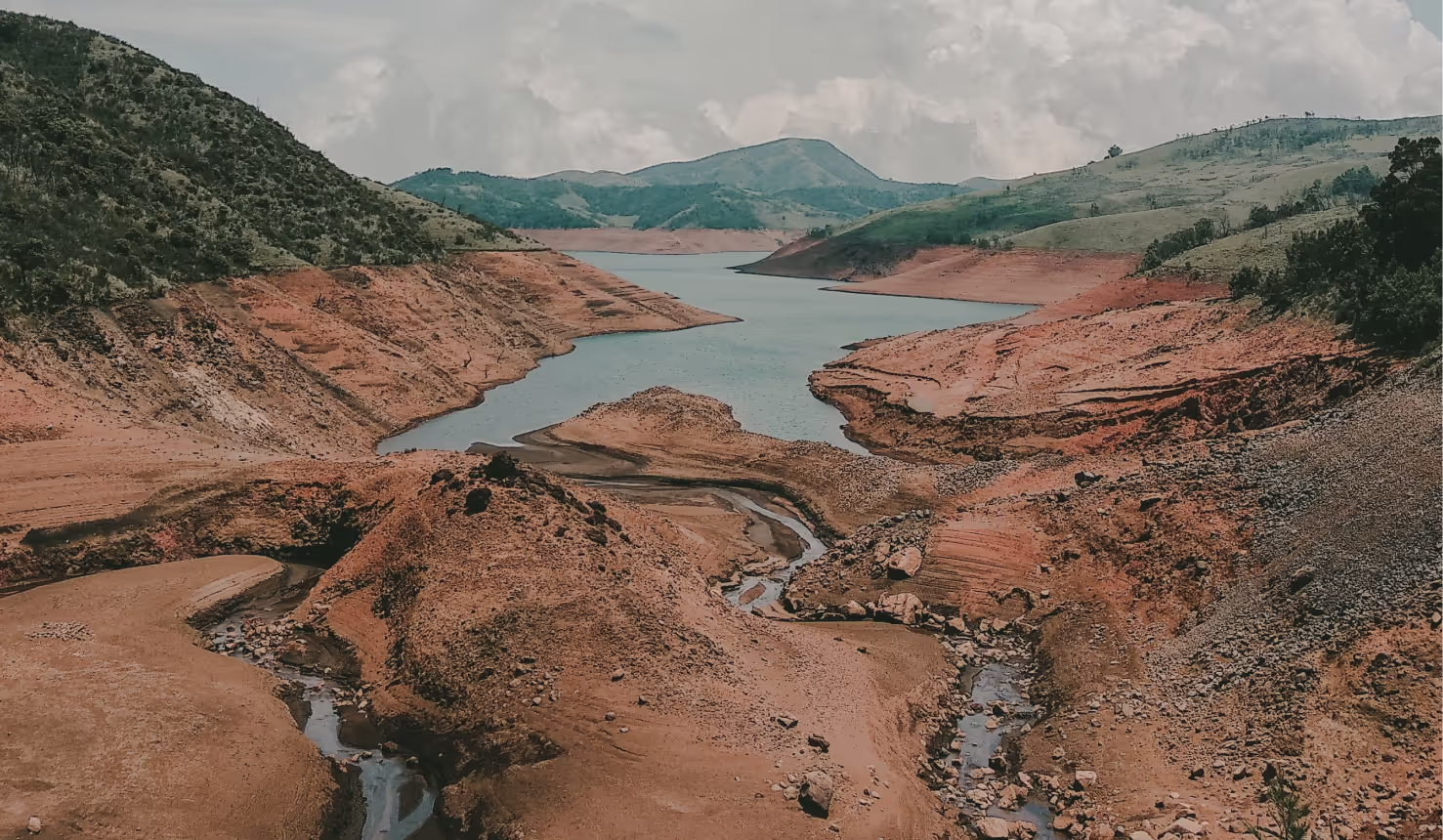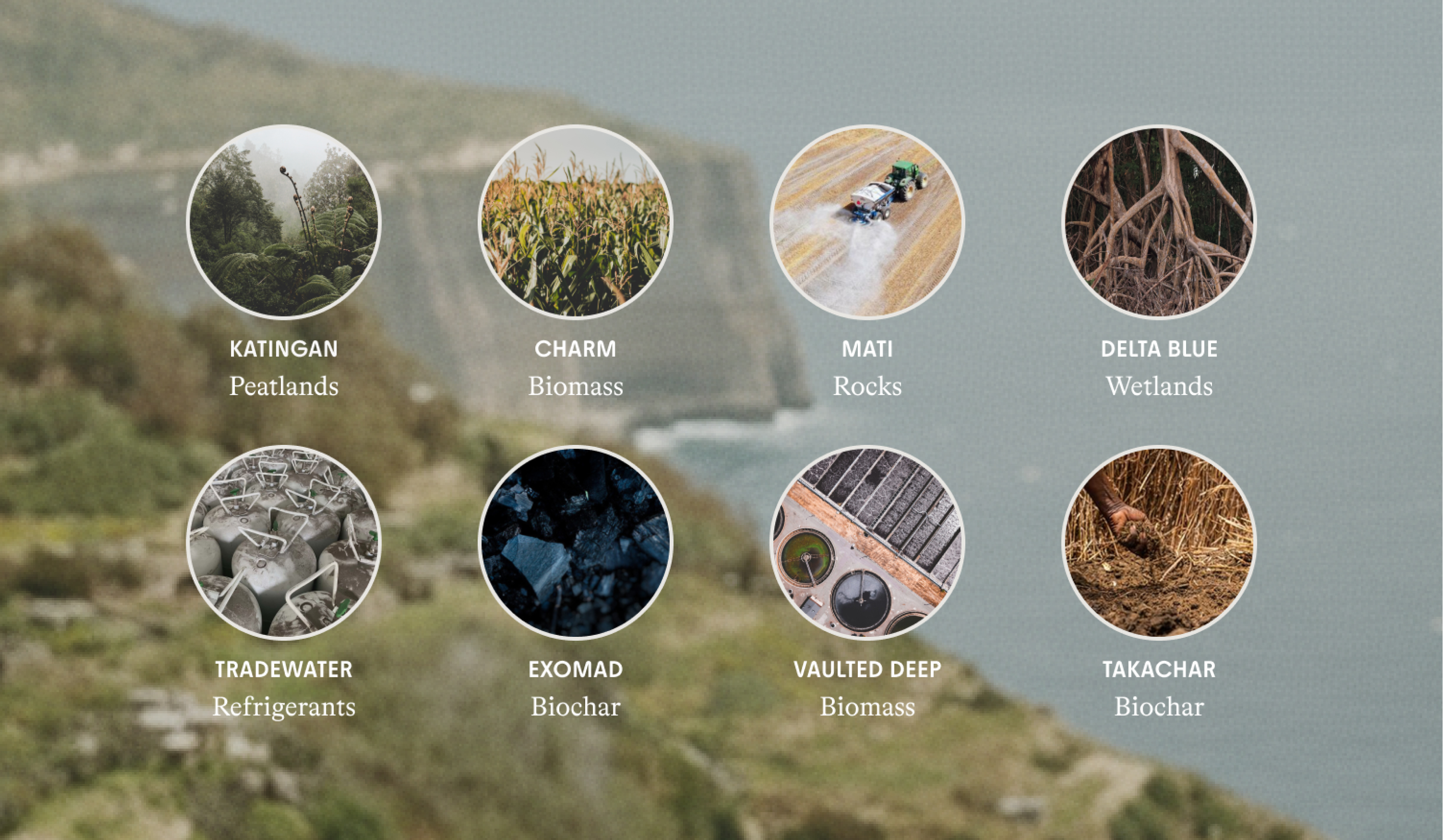Alleviating Climate the Anxiety of Extreme Weather

Join the community





For millions of people around the world, unpredictable droughts–and interconnected crises like water shortages, extreme heat, and accelerated wildfires have become an ever-looming presence. While climate change isn’t necessarily to blame for extended periods without rain, rising temperatures exacerbate the consequences.
If you live in an impacted area, you may have already experienced the stress and mental anguish of the climate crisis firsthand. Wherever you live, if you’re feeling fear, guilt, or anxiety, you’re not alone.
In this article, we’ll explore the connection between droughts and climate change and how you can ease your eco-anxiety and take action.
The Big Picture: Droughts and Climate Change
Droughts occur naturally in many parts of the world, and ecosystems have ways to endure them. Spring snowmelt and seasonal monsoons, for instance, may help replenish waterways and saturate parched soil during long periods with little rain.
Unfortunately, human activity has disrupted these natural buffers. Fossil fuel use, deforestation, the loss of natural carbon sinks, and livestock farming have caused atmospheric greenhouse gas levels to skyrocket, resulting in record-high global temperatures.
Hotter weather accelerates evaporation, and milder monsoons bring little reprieve to stressed water supplies and dry soil. Shorter winters mean less snowpack and earlier snowmelt, and diminished mountain run-off is quickly absorbed by thirsty soil and vegetation before it reaches reservoirs and waterways.
The climate crisis extends and exacerbates our experience of droughts in three key ways: water shortages, extreme heat, and accelerated wildfire seasons. Here’s how it works.
Water Shortages
During periods of low precipitation, increased evaporation exacerbates the stress on local water supplies. Here in the US, several states are considering or have imposed water cutbacks as their water sources decline. This reverberates through both individual communities and society at large.
In the agricultural industry, for instance, farmers are scaling back production, selling off thirsty livestock, and abandoning water-intensive crops. This not only reduces local labor opportunities and farmers’ profit margins, but it could also lead to supply issues and price inflation nationwide.
According to past data, the rural farming communities that lose work during water shortages (with high proportions of lower-income and/or Latino residents) are also the most vulnerable to losing access to safe drinking water at home.
Extreme Heat
As temperatures continue to rise, electrical grids often struggle to keep up during acute heat waves. That’s because hot weather keeps people indoors, blasting their A/Cs and stressing systems that work less efficiently in extreme heat. This increases the risk of mass power outages, which can leave thousands sweltering at home.
Longer, stronger heat waves also increase the risk of heatstroke – particularly in outdoor occupations like construction work and for older people and individuals without housing.
Harsher Wildfire Seasons
Hot, dry conditions make dangerous wildfires more likely. In the US, an estimated 50 million homes are built in areas near highly combustible vegetation. Accelerated wildfire seasons displace residents, stress local firefighting resources, and can degrade air quality for hundreds of miles. And some communities pay a higher price than others.
Wildfire smoke can degrade air quality anywhere but exacerbates the health risks for those already dealing with industrial pollution. In the US, the effects are particularly brutal for Black and Hispanic communities, who are disproportionately exposed to polluted air.
The Inner Picture: Alleviating Eco-Anxiety
Accelerated droughts are one of the most evident effects of the climate crisis. If you’re feeling fear or hopelessness, guilt or shame about your personal impact, or feelings of PTSD or grief from past experiences, you’re not alone.
More than two-thirds of Americans report feeling somewhat or extremely anxious about climate change, and more than half are anxious about its impact on their mental health. But there are steps you can take to navigate your eco-anxiety, boost resilience, and protect your mental well-being.
1. Get Informed
Understanding eco-anxiety can help you feel less overwhelmed and more empowered. This article from the New York Times examines the phenomenon and the different ways in which it manifests. It’s more than existential dread; feelings of extreme guilt, burn-out, and panic attacks are other common symptoms.
Subscribe to the GenDred weekly newsletter to learn more about eco-anxiety and coping with disruptive emotions.
2. Be Prepared
Plan ahead for potential emergencies to help alleviate feelings of powerlessness. If you live in a wildfire-prone area, develop an evacuation plan and pack a go-bag of essential items. Consider investing in backup power for grid outages or research ways to offer social support to high-risk populations in your community.
3. Manage Your Mental Health
Take control of your mental health to build resilience and improve your overall well-being. Apps like Calm and Headspace teach mindfulness techniques and meditation. BetterHelp connects users with affordable counselors, while the Good Grief Network provides a global support network centered specifically around eco-anxiety.
Lastly, get outside! Walking and biking aren’t just good for your carbon footprint, they have proven mental health benefits, too.
4. Talk About Eco-Anxiety
Climate anxiety can be isolating. But two out of three people around you are worried, too! Talking with loved ones can help you feel less alone and inspire everyone present to take action. Visit Talk Climate Change for resources to help you get started.
Remember, we’re all at different stages in our climate journey. Listen to understand, keep an open heart, and practice compassion with yourself and others.
5. Organize In Your Community
We might not be able to reverse the immediate impacts of drought and climate change, but we can have a positive influence when we act together. Get involved with efforts to prepare for and protect against environmental threats where you live and build climate-resilient, equitable communities for all.
Our guide to community climate action will help you unlock your inner activist.
6. Manage Your Impact
Washing your car or cranking your A/C won’t make or break the climate crisis on its own. But when we make choices that matter together, we can help shift the markets and systems we’re a part of.
Commons helps you take control of your carbon footprint and build an intuition for the choices that matter most. Download the app today to automatically track the impact behind your spending and develop your personal climate action practice.
Build Your Net Zero Life
There’s no silver bullet to reverse climate change. We need a diverse arsenal of high-impact solutions. With Commons’ Climate Neutral Subscription, you automatically offset everything you buy with high-quality carbon removal.
Read Commons’ Guide to Carbon Offsetting and sign up to build a Climate Neutral life.













